What We See When We Read
An interview with book cover artist Peter Mendelsund on how we uniquely visualize the written word

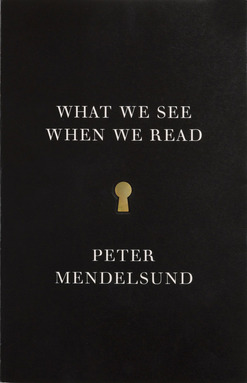
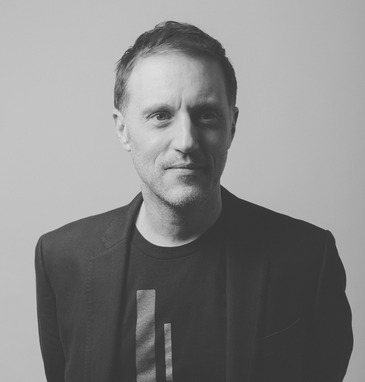
From nothing but an assembling of letters on a page—strung together into words and sentences—readers craft fragmented visions. This visualization can be powerful enough to illicit the strongest emotions and reactions, experiences in other worlds, deep love for characters. Reading is unlike any other experience, and whether or not we are aware, we see things when we read. Peter Mendelsund, one of the most acclaimed book cover artists and the Associate Art Director of Alfred A. Knopf books, has authored “What We See When We Read,” and it is a truly remarkable book.
Mendelsund outlines the reading imagination, that which allows readers to world build (or believe they have) through stray details and brief descriptors. Along with mesmerizing and thoughtful illustrations, he explores immersion, offers analysis and even canvasses readers along the way. Supporting quotes fill the pages, drawn from literary masters across centuries. And Mendelsund’s prose is as transfixing as the book’s very concept. Questions emerge: what does an author actually say? And how do readers interpret it? In that pursuit, the designer, author and avid reader delivers something truly one of a kind regarding something we do every day. Mendelsund spoke with us about the intriguing tome.
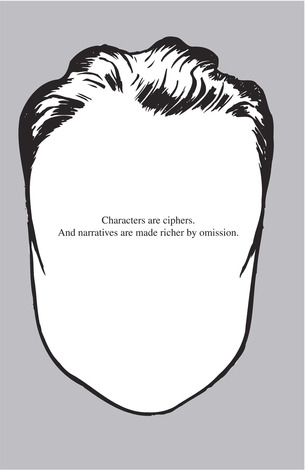
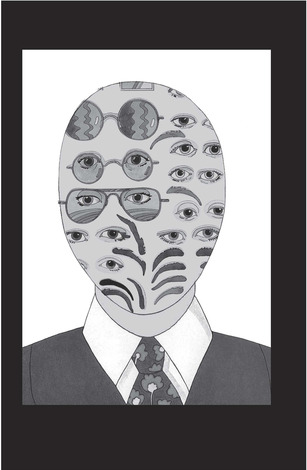
What motivated this study on the way we visualize while reading?
One day last year, I was having lunch with a close friend of mine and we were speaking about novels we read when we were kids. This friend mentioned that when he was younger he used to (imaginatively) situate every novel or story he read in his aunt’s house. He hadn’t traveled a lot in his life at that point, and had just a few places to choose from when imagining settings—as a result he chose this particular house, the most exotic place he could think of. So all these big events that transpired in the course of his reading—battles, love affairs, etc—took place, in his mind, in this familiar suburban setting in Albany, New York.
At first this act of his—his using familiar imagery in order to visualize fictional events—seemed hilarious and odd to me. But then it occurred that I had been making similar transpositions in my own reading. Did we all do this? I began to wonder if all imagination is comprised of memory fragments. Was the reading imagination stranger than I had thought it might be? Of course, as a book cover designer, you’d think I would have examined the process of the reading imagination sooner, but it took 11 years of my working in this capacity to realize that I had no idea how the process of visualizing narrative works. I still don’t, actually. But at least now I’ve examined some of the pertinent questions.
Do you feel this is a natural extension of your work as a cover artist?
My job, in many ways, is to imagine—that is, my job as a cover designer is to read books in order to find specific visual emblems from these texts to use on book jackets. (My job also entails employing some kind of meta-awareness that I am imagining things—I need to be conscious (as I’m reading) of the fact that I am imagining, in order to assess the efficacy of the objects, characters, symbols I’m thinking of using on a jacket.) So in that regard this book of mine, “What We See When We Read,” is a very natural extension of my design work.
The book utilizes clever visual references, which coincide directly with the text. While assembling this book, did you commence with a concept and then build the illustration to match and accentuate it, or was it the other way around?
I pretty much wrote the entire book first. Towards the end of the writing and publishing process, I began illustrating the text madly. The illustrations seemed to cut some of the seriousness of the prose, while adding to the ideas—enlarging upon them. They sort of serve as footnotes as well as illustrations. Though mostly I just couldn’t stop myself from compulsively illustrating because that’s what I do every day in my job, and I found I was unable to turn off that particular proclivity of mine.
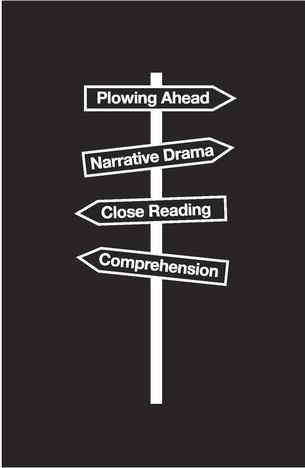
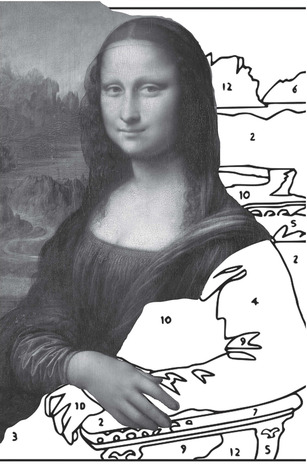
The book is filled with plenty of references from the works of other great thinkers and writers. How did you go about accumulating those?
For the most part, writers referenced in the book were folks I had read in college when I was a philosophy and literature student. So much of this content is just remembered as opposed to researched (remembered, hopefully correctly!). There are some references that were researched, but not too many. I simply didn’t have time, as a working designer and art director, to hang around in libraries. Though I wish I did have that time. (And, it’s not like anyone was going to pay me to hire a research assistant.)
Reading is only truly engaging when it is immersive.
What do you think readers gain from having an understanding of how they employ words while reading?
I’m not sure if readers will gain anything—in fact, after all this immersion in the subject, I’ve found that I read much more self-consciously than ever, which is a very bad thing. Reading is only truly engaging when it is immersive. Any sense of, “This is what I’m doing while I’m reading” is damaging to the active engagement of the reader. So, sorry for that.
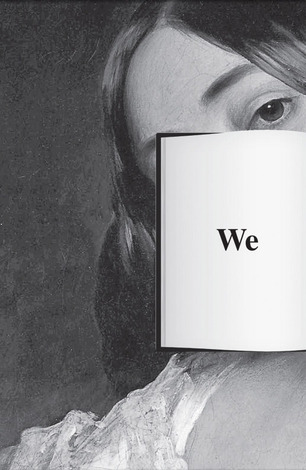
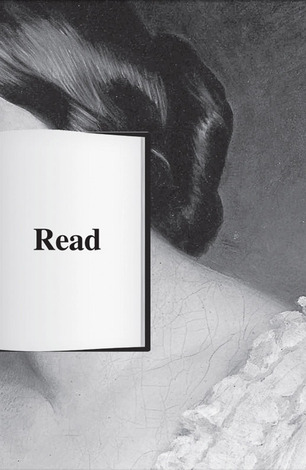
Moreover, what do you think writers will gain from having an understanding of how people build visualizations from words?
I assume that most writers are already aware that readers will alter, transform, re-order, transpose their ideas and make these ideas the reader’s own. All writers are readers too, after all—they should know that this is the way it works.
What did you learn about yourself and the way you read and visualize while writing the book?
I think I learned that reading—like any facet of our conscious lives—is a mediated, complicated and ultimately inscrutable process, and that the metaphors we use to describe reading are fairly misleading. I also learned that I think way too much. Reading should be simple: you open a book, you concentrate, you drift away. That’s it.
“What We See When We Read” is available for pre-order online for $13.
Author image courtesy of George Baier IV, other images courtesy of The Knopf Doubleday Group









